The icon of Croatian Modernism – Church of St. Blaise, from the 19th to the 21st century
Exhibition concept: Vesna Vrabec, Željko Kovačić
Exhibition design: Željko Kovačić
Poster design: Željko Kovačić, Lana Krpina
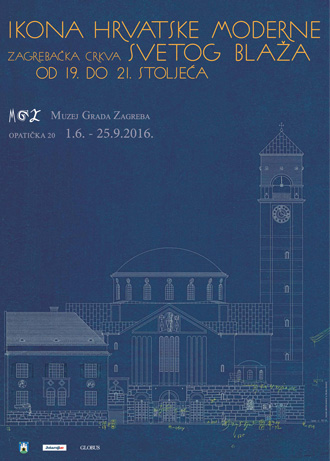 The history of the Zagreb Church of St. Blaise started in the eighties of the 19th century when, because of a population growth, a need for establishing a new parish in the western part of the city arose. Eduard Suhin developed a study in 1886 on the establishment of new parishes in the lower town, the first to be St. Blaise in Primorska Street and the second St. Cross between Savska and Petrinjska Streets. For the purpose of construction of the rectory and the new church of St. Blaise, Suhin decided to donate the prebend land of St. Cross in Primorska Street. The Archbishop's Clerical Bord, in 1889, decided to found the Parish of St. Blaise. A Building Committee was founded, which was supposed to attend to the competition procedure and the construction of the church complex. However, the final construction of the church and rectory, as well as the beginning of the parish work will take many more years and discussions.
The history of the Zagreb Church of St. Blaise started in the eighties of the 19th century when, because of a population growth, a need for establishing a new parish in the western part of the city arose. Eduard Suhin developed a study in 1886 on the establishment of new parishes in the lower town, the first to be St. Blaise in Primorska Street and the second St. Cross between Savska and Petrinjska Streets. For the purpose of construction of the rectory and the new church of St. Blaise, Suhin decided to donate the prebend land of St. Cross in Primorska Street. The Archbishop's Clerical Bord, in 1889, decided to found the Parish of St. Blaise. A Building Committee was founded, which was supposed to attend to the competition procedure and the construction of the church complex. However, the final construction of the church and rectory, as well as the beginning of the parish work will take many more years and discussions.
At the first competition for the construction of the church of St. Blaise, in 1889, none of the submitted projects met the criteria of the competition. Therefore, in 1891 the members of the Committee decided to ask the architect Josip Vancaš to develop the design for the new church. The construction did not start immediately as discussions began about the place of construction of the church and rectory. There were several proposals for the place of construction; some advocated for the construction at the intersection of Prilaz and Primorska Street, others for the construction at Ilica square; there was also a proposal for the construction at Ciglana. In 1897, Vancaš developed new designs for the church and the main design, based on which the building permit was obtained in 1898. However, the construction has never been initiated.
 After a turbulent polemical debate, the new Building Committee published a competition for a period from 6 August 1908 until 16 January 1909.
After a turbulent polemical debate, the new Building Committee published a competition for a period from 6 August 1908 until 16 January 1909.
Nine architectural projects applied for the competition. The Committee session for evaluation of the the designs for the parish church of St. Blaise was held on 25 and 26 January 1909. The third prize of 1000 crowns was awarded to the project of the architect Vjekoslav Bastl. The second prize of 1500 crowns was awarded to the work of the architect Dioniz Sunko. The first prize of 2500 crowns was awarded to the project under the code Deo which belonged to the architect Viktor Kovačić.
Viktor Kovačić skillfully places the church complex on the small lot: he designs the rectory along the western edge of the lot, facing Prilaz, he draws the church to the north and thus forms in front of the church and the entrance to the rectory a small square for the gathering of the congregation, and he closes the building block on the east side by placing the bell tower along the Primorska Street. Kovačić, as part of the complex, plans the construction of the bell-ringer's house and other commercial buildings as well. In addition, Kovačić offers a new urban solution for the entire city block. Viktor Kovačić envisioned the church of St. Blaise as a central building, and designed as a Greek cross with a dome at the nave. The dome is made of reinforced concrete, with a diameter of about 18 meters and it is the first such structure made from reinforced concrete, not only in Croatia but also in the world.
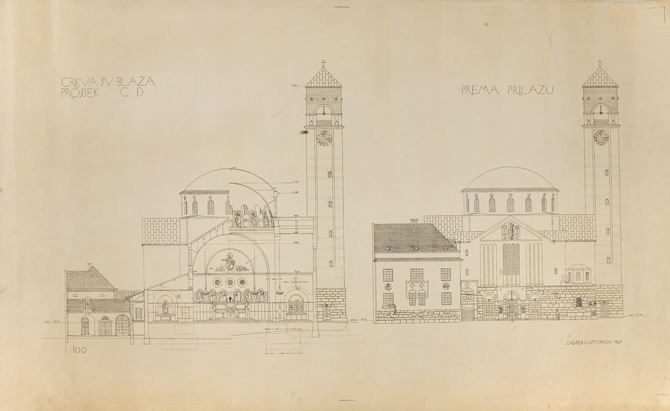
The building permit for the construction of the church of St. Blaise and the rectory was issued on 24 August 1910. The construction began on 19 July 1911 and the use permit became valid on 14 January 1914. The church was consecrated, 28 March 1915, by the coadjutor bishop of Zagreb Dominik Premuš, PhD. Viktor Kovačić was in charge of developing a provisional design of the church.

It was only in 1923, when the Citizens Committee for the Interior Design of the Church of St. Blaise was founded, that the works on the interior design of the church continued due to the war and post-war crisis. The construction of the high altar, the procurement of the bell and the construction of the benches and confessionals were initiated. Kovačić developed detailed designs for the whole interior: the high and two side altars, benches and confessionals. After the passing of Viktor Kovačić, on 21 October 1924, the architect Alfred Albini became in charge of the works for a short while.
In 1926, the architect Stjepan Hribar continues the works on the design of the church's interior. Hribar made several preliminary sketches in accordance with the design for the high altar that Viktor Kovačić started to develop. The high altar of the church of St. Blaise was finished on Christmas, 1932.
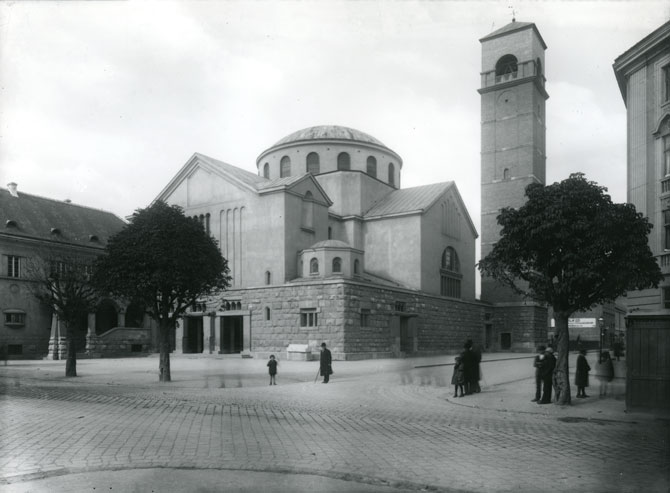

The Artistic Committee, which included the sculptor Ivo Kerdić, painter Ljubo Babić, Dragutin Kniewald, PhD, and the architect Stjepan Hribar, started planning the construction of the side altars of the Immaculate Madonna and the Sacred Heart of Jesus. The designs for the altars were developed by Stjepan Hribar, and Ljubo Babić developed the designs for the mosaics. The reliefs of the Immaculate Madonna and the Sacred Heart of Jesus were made by the sculptor Ivo Kerdić. The altar of the Blessed Virgin Mary was completed in 1942, and the altar of the Sacred Heart of Jesus was constructed in 1943.
In 1995, a competition for the preliminary design of the interior of the church of St. Blaise was published. Nobody won the first prize in this competition. Instead, by a majority of votes of the Assessment Committee, three equally valid prizes were awarded to the teams of architects: Andrej Uchytil and Renata Waldagoni, Ivan Crnković and Marko Piljek and Nenad Fabijanić and his associates.


The architect Željko Kovačić developed first designs for the church of St. Blaise in 1983. He took part in the competition in 1995, and in 1999, at the invitation of the rector Mijo Gorski, signed a contract on the development of the design for the church's interior. The works began in 2014 at the instigation of the current rector Zvonimir Sekelj.
The consecration of the new altar and the refurbished sanctuary was done by Cardinal Josip Bozanić, the Archbishop of Zagreb, on 1 February 2015.
Vesna Vrabec
Pictures from the exhibition

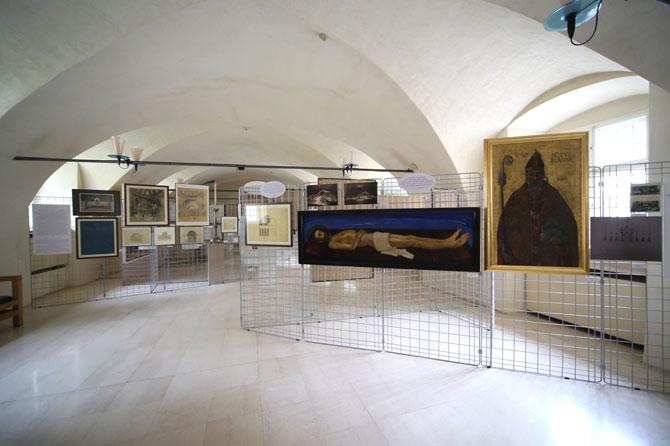
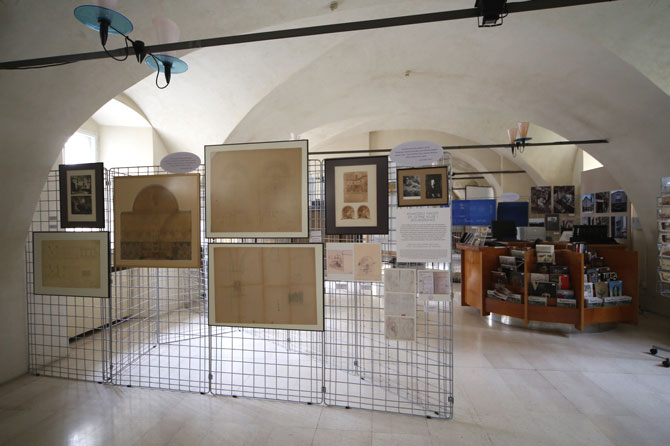
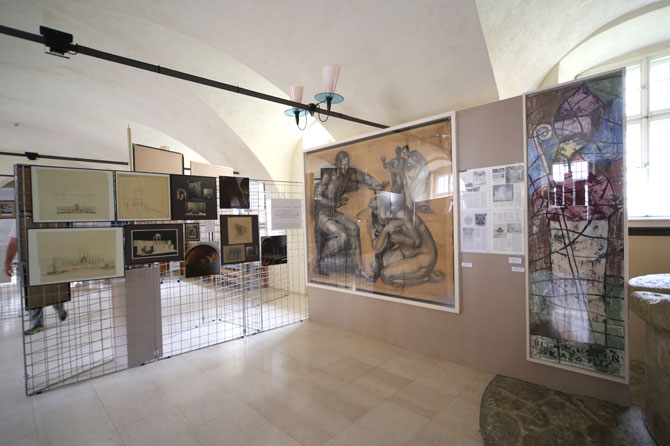
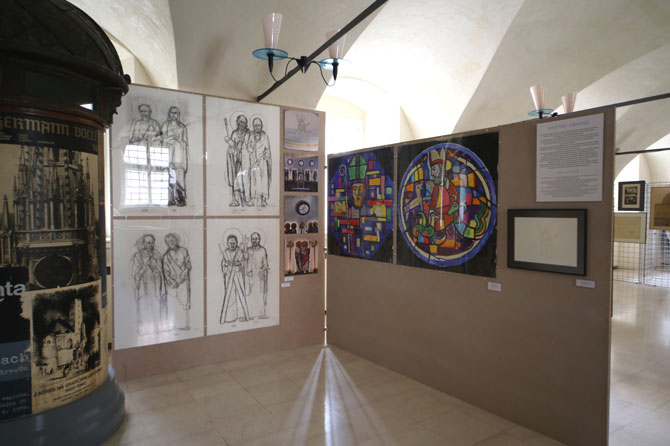
photo Miljenko Gregl, ZCM
 Vrabec, Vesna. Ikona hrvatske moderne : zagrebačka crkva svetog Blaža od 19. do 21. stoljeća = The icon of Croatian Modernism : Church of St. Blaise from the 19th to the 21st century.
Vrabec, Vesna. Ikona hrvatske moderne : zagrebačka crkva svetog Blaža od 19. do 21. stoljeća = The icon of Croatian Modernism : Church of St. Blaise from the 19th to the 21st century.
Zagreb : Zagreb City Museum, 2016

